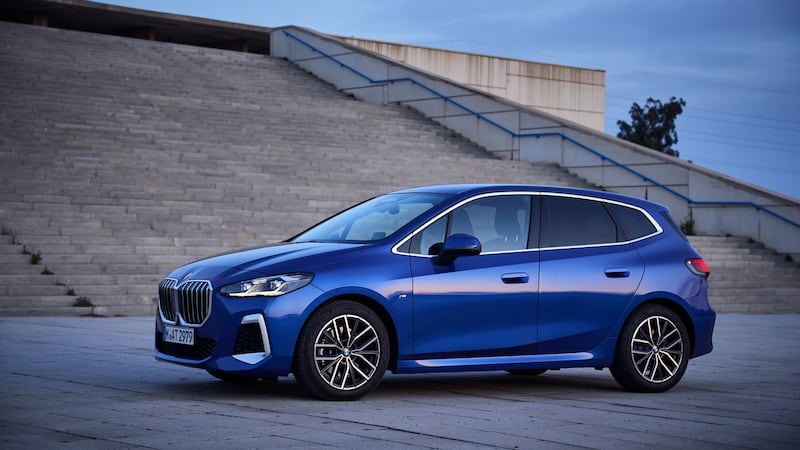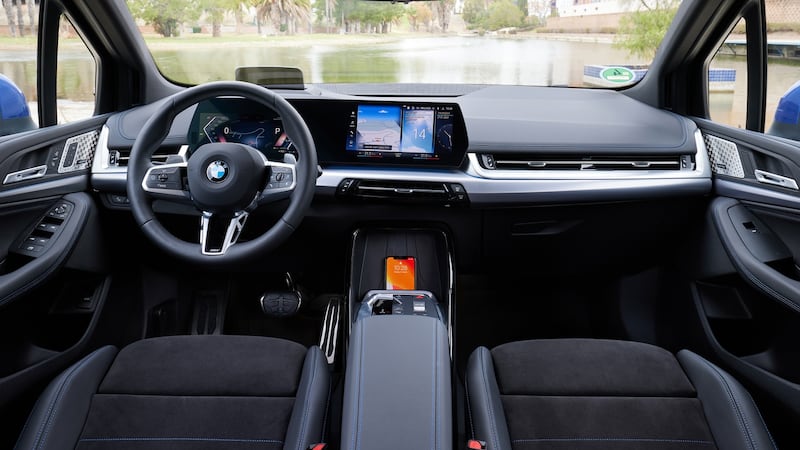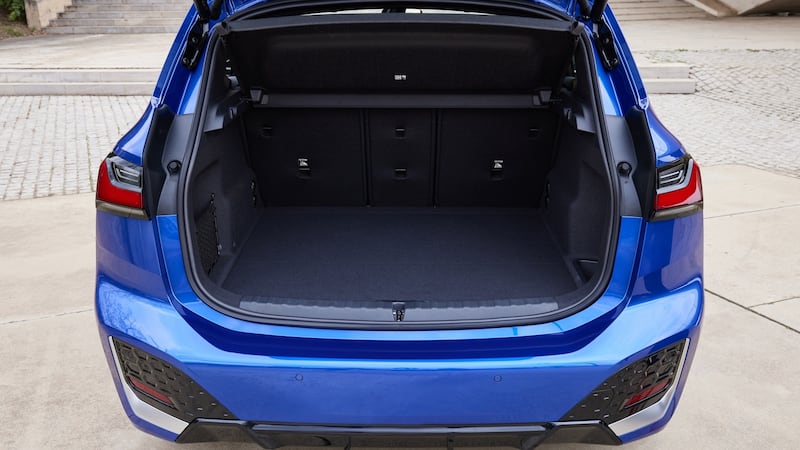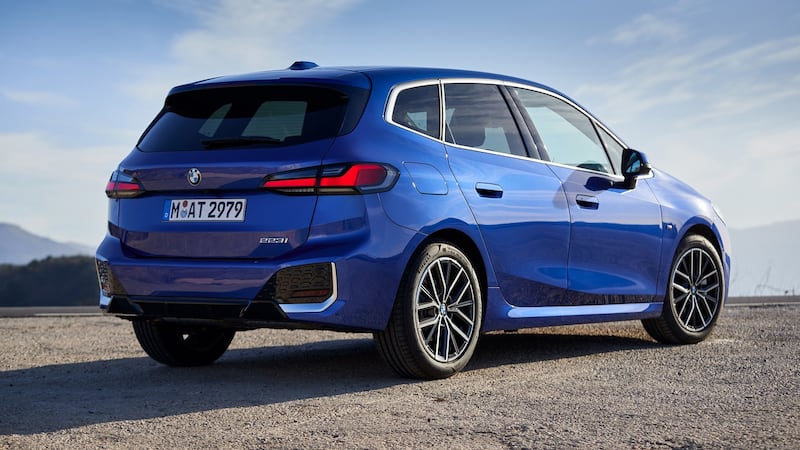People carriers are a rare breed these days. In just a few years the average Irish car went from boxy seven-seater family taxis to rugged-looking SUVs.
You’d think that couples called a halt on having children and instead headed for the hills.
In the early 2000s, customers loved the practicality of cars like the Opel Zafira and Ford's S-Max and Galaxy, but they were never much fun to drive and despite the best efforts of designers, could never be dressed up to look like anything other than a miniature minibuses.
So, the car designers adopted a different tack: take the practical cabin of a people carrier and encase it in the shell of a more rugged off-roader. Buyers bought into the off-road pretence, knowing full well that these mock SUVs didn’t perform any better than the average family saloon when they left tarmac.


Some buyers also considered these chunky crossovers were somehow safer than regular cars thanks to the extra height and all that hard plastic around the wheel arches. And by all accounts these mock SUVs also offered higher profit margins to the carmakers, so they were hardly going to resist the change in consumer tastes.
Within a decade, the once-popular people carrier that ferried Irish families from schools to sports grounds became an endangered species.
Strangely for a brand so well-tuned to consumer tastes, BMW got its timing wrong on this market trend. The family shift to SUVs was already starting when the German carmaker landed its 2 Series Active Tourer in showrooms in 2014.
For BMW this car also marked a seismic shift. Along with being its first small people carrier, the 2 Series Active Tourer was also front-wheel drive, something seemingly anathema to BMW up until that point (outside its Mini sub-brand).
What you got – and what you get here in this latest version – is a car that’s comfortable to drive, with a well-appointed cabin and a premium badge on the bonnet.
You now also get a level of design detailing and build quality that is far apart from the rattly people carriers many of us knew from the turn of the century.
For this new second generation of the car, BMW has delivered a cabin layout and operating system that has to date only featured in BMW’s fully-electric iX and i4 models.
When you first sit into this car, it’s hard not to be impressed with the new curved-panel dash display. It’s much improved on the rather busy control layout in some of the current BMW models.
The big change for long-term BMW owners will be the lack of iDrive. Out goes the landmark dial control and in its place the touchscreen which offers slick and swift controls, while a new armrest format for the driver encompasses a simple layout of key control buttons, a volume roller dial and the toggle control for the seven-speed auto transmission. It’s clean, uncluttered and in keeping with a cabin that’s significantly ahead of its rivals.

While plug-in hybrid versions are due to join the range this summer, our test car was powered by a 2-litre diesel engine, a smooth and noticeably quiet unit well suited to a mix of motorway and back roads. It was neither gruff nor intrusive in the cabin.
There’s no overcoming the bodyroll in the bends, but the car never felt unsettled. The steering is remarkably sharp for a car in this class and it may catch a few unawares if they are expecting the usual spongy steering you get on many family cars. This is a BMW after all.
In keeping with the family brief, the ride quality is tuned to comfort and it soaks up any imperfections, but that means a trade-off in its handling.
Overall, while it’s never going to be on a par with the stellar 2 Series coupe in terms of driving fun, the Active Tourer version delivers an impressive mix of comfort and refinement, the latest in premium tech, and a fit and finish in keeping with what you’d expect from a premium brand.
There is a problem with this 2 Series Active Tourer, however. It’s simply not that spacious – and that’s a serious flaw in what’s supposed to be primarily an uber-practical family car. It’s not even as roomy as BMW’s X1, the crossover equivalent that boasts sharper styling and better handling.
It can accommodate three adult passengers in the back more comfortably than a regular 1 Series hatchback, but it’s not a world apart from the average mainstream hatchback, aside from the fact there’s greater headroom.
It's slightly higher seating and large doors also make it useful for those who find it harder to fold themselves down into a hatchback these days.

Bootspace is decent at 470 litres (expanding to 1,455 litres with the rear seats folded flat) and benefits from the fact the rear seats can slide to improve either boot or passenger legroom, but it’s not quite the cavern for shopping and baby buggies that some might expect.
Those who need the sort of practicality once offered by a plethora of people carriers in the mid-2000s will rightly feel short-changed by the lack of choice on offer these days. They are being forced into crossovers. If you are on a tight budget as well, then you aren’t going to be enamoured by this car’s premium price either.
With this Active Tourer starting at €41,255 for the 220i petrol and €42,415 for this 218d version tested, that's in keeping with its arch-rival, the Mercedes-Benz B-Class. In that particular head-to-head, this new BMW comes out on top. Even in our M Sport version, which pushed the price to €46,785, it was still competitive with the Merc.
If you have that sort of money to spend and are looking for a mix of premium refinement and tech, matched with everyday practicality, then this 2 Series will fit the bill.
If you are hoping for a modern-day equivalent of the sort of practicality offered by cars like the old Opel Zafira, then you are going to be disappointed.
Lowdown: BMW 218d Active Tourer
- Power 1995cc four-cylinder diesel engine putting out 150hp @ 4,000rpm and a max of 360Nm of torque, mated to a seven-speed dual-clutch auto transmission.
- 0-100km/h 8.8 seconds
- L/100km 5.3 (53.3 mpg)
- Emissions (motor tax) 138g/km (€210)
- Price €46,785 as tested (from €41,225 for petrol and €42,415 for diesel versions)
- Verdict Premium quality but still lacking in people-carrier family practicality.












